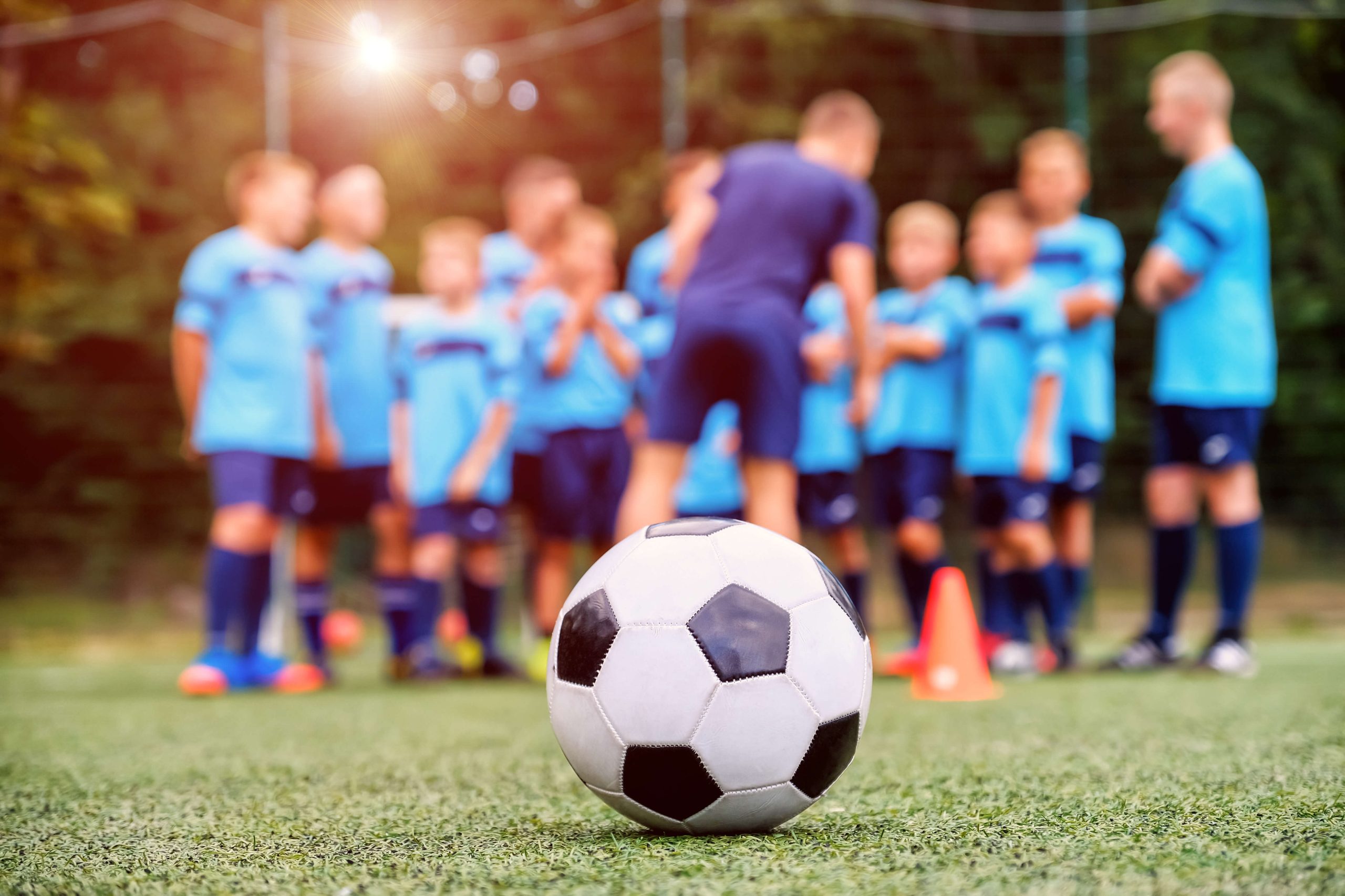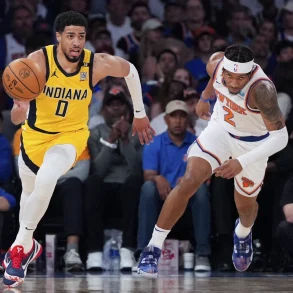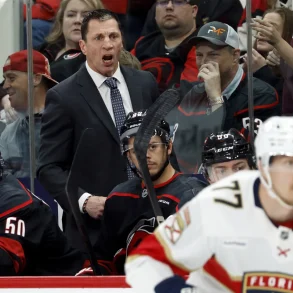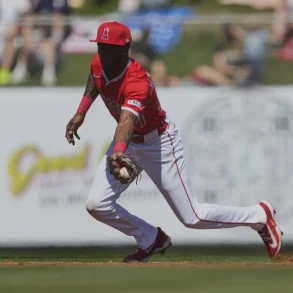Organized sports offer a range of benefits for children, including mental, emotional, social, and physical development, with lasting effects into adulthood. However, a growing debate surrounds the practice of “playing up,” where young athletes compete in age groups above their own. The decision’s implications on a child’s athletic and personal development have sparked discussions, particularly in the sports tourism sector. The responsibility for this decision often falls to sports organizations, with some states imposing specific rules. For instance, Kentucky allows middle school students to play on high school teams in certain sports, excluding football and soccer.
The decision to let a child play up is complex and involves input from coaches, managers, and governing bodies. The Sports Parent Network emphasizes considering a child’s unique traits, including ability, personality, readiness, and the nature of the sport. Playing up might provide valuable experiences for some but could harm others, suggesting that each case requires careful evaluation. Parents are advised to weigh factors such as the child’s enjoyment, skill mastery, physical and mental preparedness, and ability to adapt to a higher intensity of play.
Additional considerations include the program’s support, the coach’s integration strategy, and the child’s opportunity for leadership and playing time. Other factors include academic and logistical challenges due to increased time commitments. Financial and family support also play a significant role in the feasibility of playing up. Critics argue that while playing up might accelerate development for some, it could also expose younger athletes to overwhelming challenges, leading to negative outcomes such as lower confidence, fear of failure, or injury.
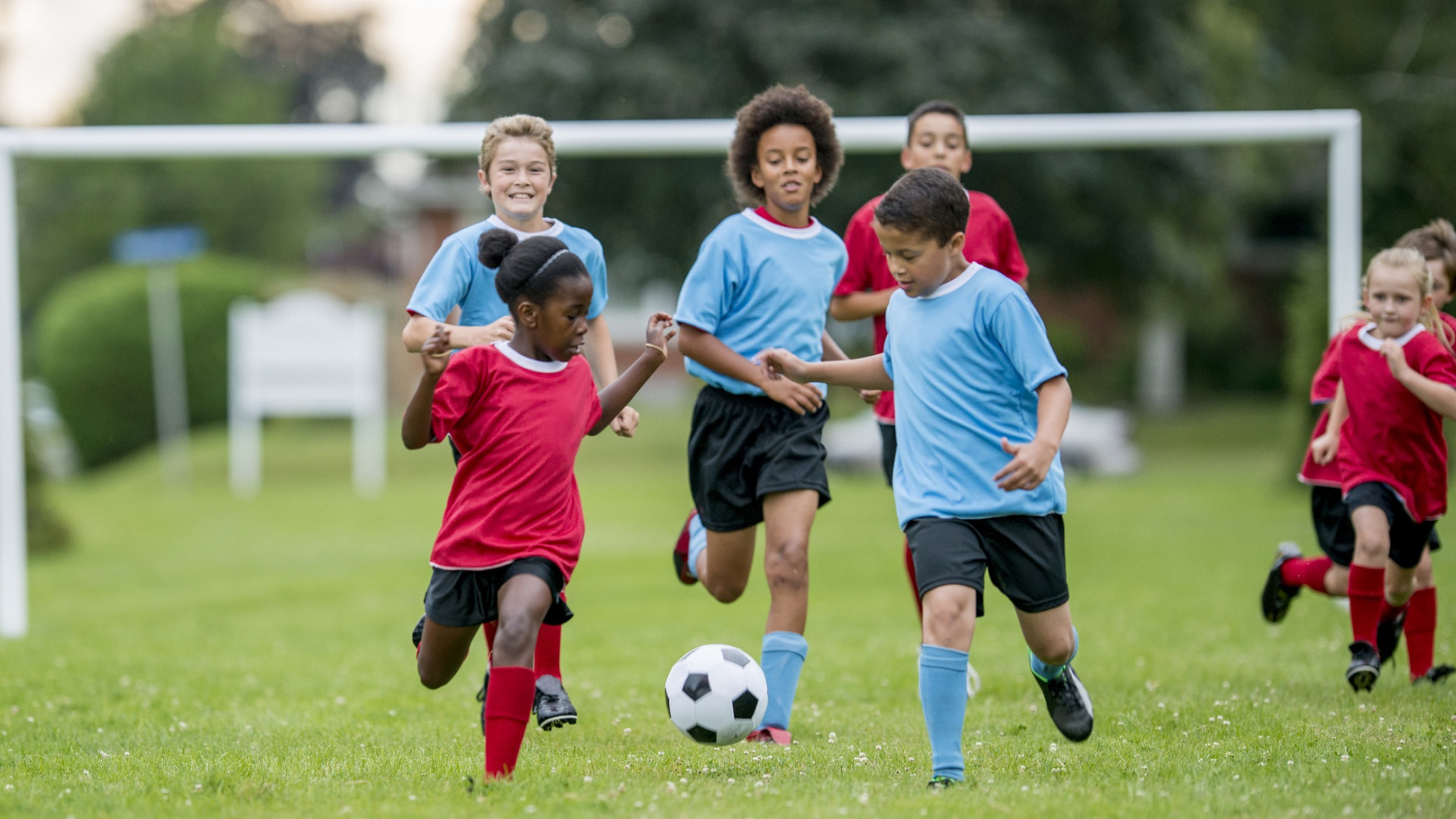
Psychologist Bradley Busch highlights the challenges of playing up, such as coping with intensity and fitting in with older peers. While it can lead to skill enhancement and social growth, it may also result in mistakes and diminished confidence, ultimately hindering performance. The intense environment can further increase the risk of exhaustion and injury. Nevertheless, Busch acknowledges that for some, playing up provides growth opportunities unavailable when competing with same-aged peers.
Experts like Ryan Hardy of USA Hockey advocate for allowing children to remain in their age group, emphasizing the importance of long-term development over rushing progress. He points out that younger players benefit socially and emotionally when playing with peers and cautions against exposing them to environments they may not be ready for. Similarly, Michael Herbert and Dr. Chris Stankovich stress the importance of matching children with their peers for better synergy, confidence, and enjoyment.
The consensus among experts, including Stephen Norris, is that decisions about playing up should prioritize the child’s long-term well-being rather than short-term competitive outcomes. Each case should be evaluated individually, considering the child’s overall development and circumstances. Parents are advised to revisit these decisions regularly to ensure they align with the child’s evolving needs and best interests.



